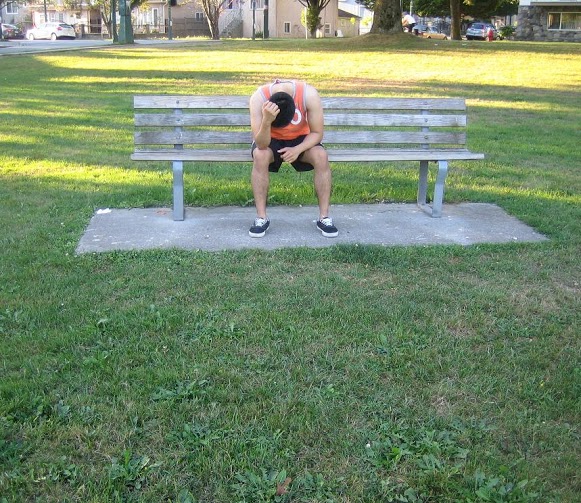If a child has small-sized flakes of skin on the scalp, it is probably dandruff. It is important to note that dandruff is relatively normal and common among children, teenagers and adults. The condition can be controlled using a medicated anti-dandruff shampoo.
What are the causes?
Dandruff occurs once microscopic dead skin cells accumulate in the scalp of the child. Shedding of dead skin cells is normal and it is not known why the buildup occurs and cause dandruff in some individuals. This might be due to an overreaction to yeast that thrives in the hair follicles. Remember that dandruff is normal and prevalent among children, adolescents and adults.
Indications of dandruff

Once a child has the condition, he/she might have very parched or itchy scalp. There are several white flecks of dead skin on his/her hair and on dark clothes. In case the child scratches a lot, the scalp can become red and sore.
The condition is more likely once the child reaches puberty. The condition is likely to affect boys and men.
The condition might appear similar to cradle cap which is a pale yellowish, scaly, oily crust on the scalp. The difference with cradle cap is that the scales are more evident and the scalp appears red and itchy.
When to consult a doctor
A child should be assessed by a doctor for the following:
- Dandruff does not improve after 2-3 weeks of treatment
- There are thick, flaky patches in the scalp
- Child continues to scratch despite treatment
- Child has rashes on the body
Treatment
Dandruff can be controlled by washing the hair of the child regularly using a medicated shampoo such as those that contain ketoconazole. Simply massage the shampoo into the scalp of the child and leave in contact with the skin for 3-5 minutes and then rinse.
Brush the hair before applying shampoo to get rid of some of the dead flakes, but do not brush too hard since it can irritate the skin. Once the dandruff is under control, reduce the use of medicated shampoo.

